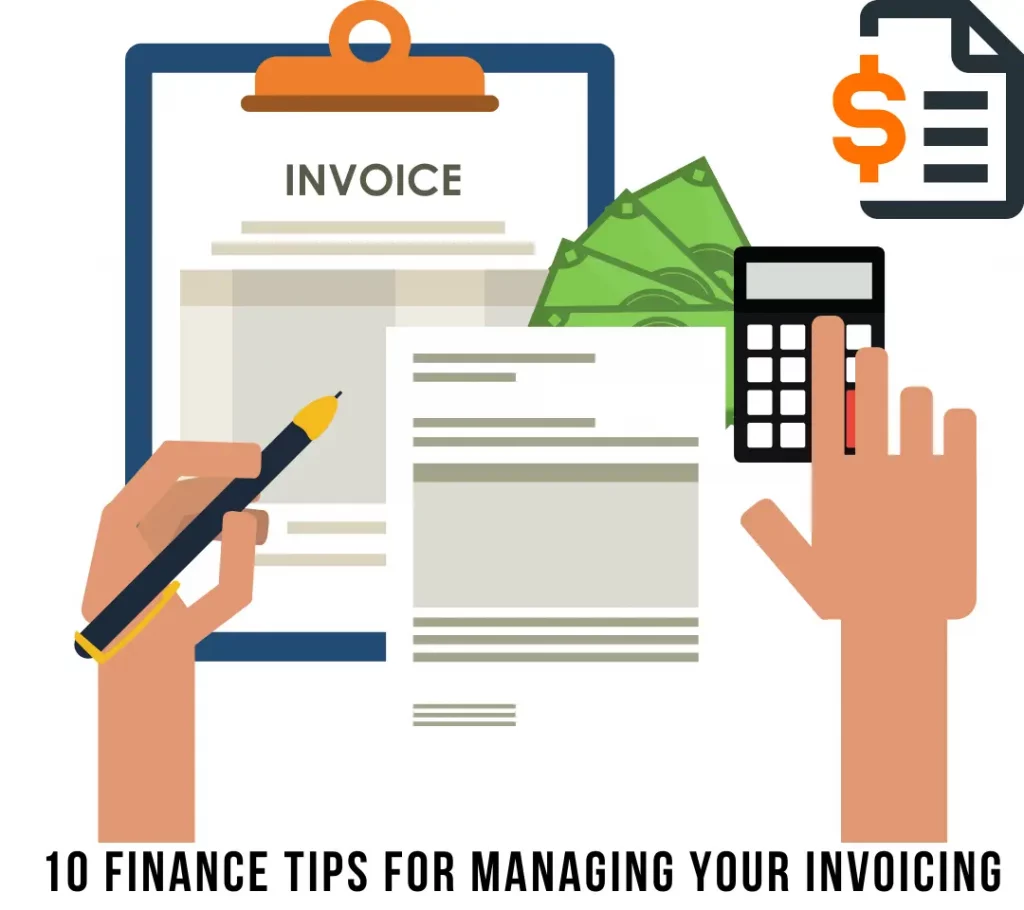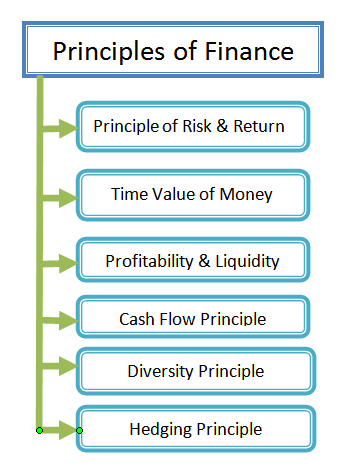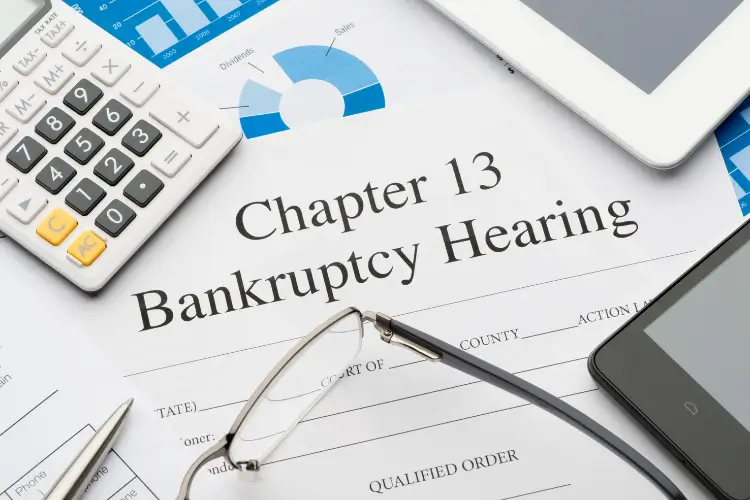The growth or fall of any business is majorly anchored on its financial management. Irrespective of how great your business plans are, your ability to effectively control the financial aspects will ensure its success. Giving out credits to their clients is inevitable for most brands that operate on a business-to-business basis. Hence, as an entrepreneur, it’s essential to manage your invoicing well. This article will discuss with you about 10 Finance Tips for Managing Your Invoicing.
With good finance invoicing, you would enhance the financial stability of your business by ensuring continuous cash inflow. Also, you’ll get the right processes in maintaining records for your clients’ payments and billing systems.
10 Finance Tips for Managing Your Invoicing
This article explores ten financial tips for managing your invoicing processes. You can also use Affinda online invoice extractor to simplify the process.
How to manage your invoicing better?
1. Get the know-how
If you are not knowledgeable on invoicing, get trained or hire the services of a professional bookkeeper. This is very necessary to avoid cases of embezzlement or legal drama from clients. A wrongly written invoice can cause you losses which is bad for business. So, even when you have a bookkeeper at your service, try to acquire the basic knowledge of invoicing.
2. Choose the right Invoice for each client.
There are different types of invoices for various purposes.
- Multi-installment Invoices: The payment plan based on your agreement is broken down into installments. Your client can make an initial deposit and then pay the balance gradually, using your agreed-upon terms. You can send a final invoice with the transaction details when the payment is complete.
- Recurring Invoices: For a regular client who keeps doing business, you can schedule your invoices so payment is made at intervals. A regular client will most likely send the payments within the allotted time.
- Final Invoices: At the end of the project, you need to send this invoice clearly showing the work that has been completed. This should be sent along with all other previous invoices, clearly stating if there is an outstanding balance. Even if the client has paid completely, send a final invoice for documentation purposes.
3. Use the Internet
We live in a highly digital age; paperbacks can end up as disorganized clutter on your desk. Use the internet to manage your invoices better. Some tools, such as Draftable, can enable you to prepare a correct invoice without errors. You can also track the status of your invoices on your mobile device, then use an invoice app for client payment.
4. Make Your Invoices Stand Out
Customers can receive many invoices, bills, and other paperwork during the day. To avoid getting lost in the clutter, design your invoice uniquely with appealing colors and your logo. It should also carry your business contact details.
5. Follow Up with Your Debtors
It is inevitable that, at some point, you will have a client that is slow to pay. You must have a follow-up plan for such debts, as it can affect your cash flow. Send emails and calls. Also, you can resend the invoice as a reminder showing the outstanding.
6. Make Sure Terms of Payment Are Agreed on In Advance
Before handing out your goods or services, please ensure that the payment mode is clearly stated and understood by the client. This will help eliminate debts and delays in payment to an extent. Customers will be more willing to pay if they have agreed before receiving your goods or services.
7. Don’t Delay Your Invoices
When it comes to proper invoicing, earlier is always better to save you from delayed payment issues. You also need to know the recipient of your invoice and let it go to the appropriate quarters or person so that it can be treated with utmost importance.
8. Have Multiple Payment Modes
There’s hardly any serious-minded business out there dependent on only one mode of payment. Diversify your payment modes with online payment gateways, card payments, and digital wallets.
9. Consider Letting Go
When a particular client repeatedly fails to make payment, it might be time to let go. Don’t be emotional about it to avoid a stagnant cash flow and bankruptcy. However, if a regular client faces a rough patch, you can set up installments to create a win-win situation.
10. Use Your Invoice to Check on the Health of Your Business
You might need to enlist a professional for this. Your software lets you know how your business is faring and if you are making profits or losses. Proper bookkeeping and invoice documentation is one of the sure ways to achieve some of these business objectives examples.
Bottom line
You must manage your invoice correctly to keep your business afloat. The difference most times between success and failure of businesses is down to organization and attention to detail. These tips will serve as a guide as you make your decisions. Invoice Generator is a best option to create your invoice quick and easy.
Your client can make an initial deposit and then pay the balance gradually, using your agreed-upon terms. However, if there’s an issue with the Client not paying invoice, it’s essential to address it promptly and communicate directly to ensure understanding and resolution.
Author’s BIO: Lori Wade is a journalist and content writer from Louisville. Lori creates news and informative articles about HR, recruiting, and employee productivity. You can find her on LinkedIn.




